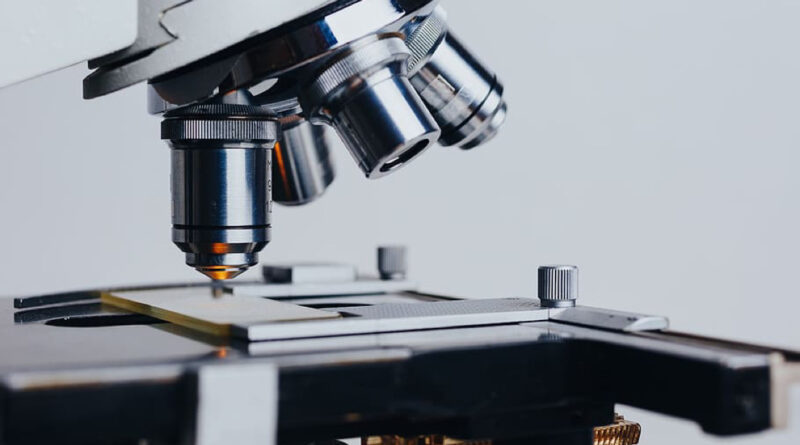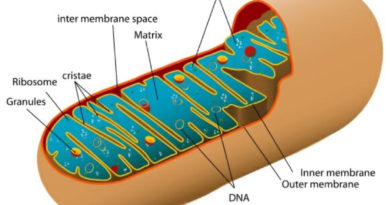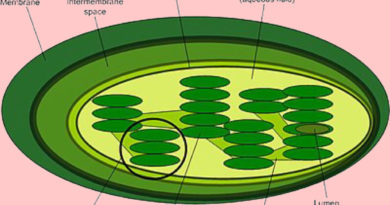The Development of the Compound Microscope: A Journey Through Time
The compound microscope, a critical tool in scientific discovery, has transformed our understanding of the microscopic world. From its rudimentary beginnings to its current sophisticated form, the development of the compound microscope is a testament to human ingenuity and the relentless pursuit of knowledge. This article traces the fascinating evolution of the compound microscope, highlighting key milestones and the contributions of pioneering scientists.
Early Beginnings
The concept of magnification can be traced back to ancient civilizations. The Greeks and Romans used simple lenses, often referred to as “magnifying glasses,” to enlarge objects. However, it wasn’t until the late 16th century that the first true microscopes began to emerge.
In the late 1500s, Dutch spectacle makers Hans and Zacharias Janssen are credited with creating the first compound microscope. Their device consisted of a tube with lenses at both ends, capable of magnifying objects up to ten times their original size. This invention laid the groundwork for future advancements in microscopy.
Advancements in the 17th Century
The 17th century saw significant improvements in the design and capabilities of microscopes. The most notable figure during this period was Antonie van Leeuwenhoek, a Dutch scientist often referred to as the “Father of Microbiology.” Using a simple microscope of his own design, which could magnify objects up to 300 times, Leeuwenhoek made groundbreaking discoveries, including the identification of bacteria, sperm cells, and blood cells.
Concurrently, English scientist Robert Hooke made substantial contributions to microscopy. In 1665, Hooke published “Micrographia,” a detailed book illustrating his observations made with a compound microscope. His description of the cellular structure of cork introduced the term “cell” to biology, marking a significant milestone in the study of life sciences.
The 18th and 19th Centuries: Refinements and Innovations
The 18th century was a period of refinement for the compound microscope. Improved lens-making techniques led to clearer and more powerful microscopes. Achromatic lenses, invented by Chester Moor Hall and later perfected by John Dollond, corrected chromatic aberration, allowing for more accurate and detailed observations.
In the 19th century, German optics companies like Carl Zeiss revolutionized microscopy with precision engineering and the introduction of the apochromatic lens, which further reduced optical distortions. Ernst Abbe, a physicist working with Zeiss, formulated the Abbe sine condition, a critical principle for designing lenses that optimize image clarity and resolution.
The 20th Century: Modern Microscopy
The 20th century ushered in the era of modern microscopy, characterized by the integration of advanced technologies. The development of electron microscopes by Ernst Ruska and Max Knoll in the 1930s marked a significant leap, allowing scientists to visualize structures at the nanometer scale. This innovation expanded the horizons of biological and material sciences, leading to numerous scientific breakthroughs.
Fluorescence microscopy, developed in the mid-20th century, further enhanced the capabilities of compound microscopes. By using fluorescent dyes and advanced imaging techniques, researchers could observe cellular processes in real time with high specificity.
The 21st Century: Cutting-Edge Technologies
Today, the compound microscope continues to evolve, incorporating cutting-edge technologies such as laser scanning, super-resolution imaging, and digital enhancements. Confocal microscopes, for instance, use laser beams to produce high-resolution, three-dimensional images of specimens. Super-resolution microscopy techniques, like STED and PALM, break the diffraction limit, revealing details previously thought impossible to observe.
Moreover, digital imaging and computational methods have revolutionized data acquisition and analysis, allowing for more precise and comprehensive studies of microscopic structures.
Conclusion
The development of the compound microscope has been a journey marked by innovation and discovery. From the simple lenses of the Janssens to the sophisticated instruments of today, each advancement has opened new vistas in science and medicine. The compound microscope remains an indispensable tool, continuing to push the boundaries of our understanding of the natural world. As technology progresses, the future promises even greater insights, driven by the same spirit of curiosity and ingenuity that has propelled the field for centuries.



